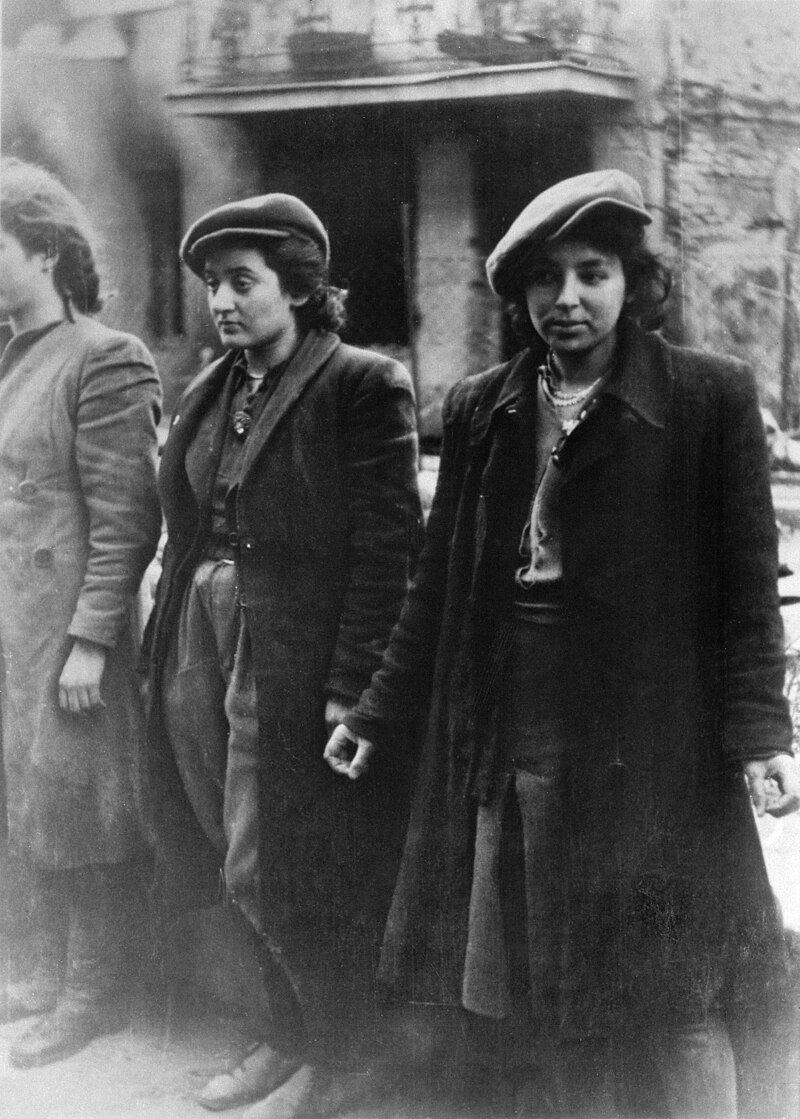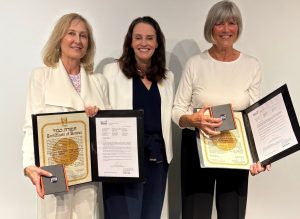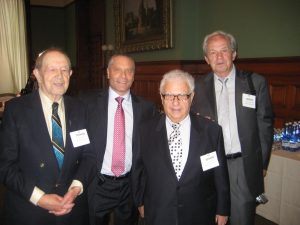Isaac Wyszogrodski is a retired physician in Richmond Hill, Ont.
The Warsaw Ghetto uprising was “one of the most significant occurrences in the history of the Jewish people,” according to the United States Holocaust Museum. This miraculous resistance was led by two distinct Jewish fighting groups which had only about 220 fighters in total.
The Nazis entered the Ghetto on Passover eve, April 19, 1943. The uprising ended on May 16, 1943, when the German commander, Colonel Jürgen Stroop, personally pushed a detonator button to demolish the Great Synagogue of Warsaw. During the uprising, 13,000 Jews were killed. Six thousand of them were burned alive or died from smoke inhalation. Of the remaining thousands of residents, almost all were captured and sent to Majdanek or Treblinka concentration camps.
To commemorate this event, Stroop had pictures taken of the destruction of the Ghetto and the killing of many of the Jews. He produced three leather-bound albums, which chronicled in 57 pictures the defeat of the Jewish resistance and the liquidation of the Ghetto. One of these volumes was used as an exhibit during the International Military Tribunals at Nuremberg.
One of the pictures included in these leather-bound volumes shows three women with the caption, ‘Hehalutz women captured with weapons.’ This photograph has become an iconic symbol of Jewish resistance to the Holocaust.
In her recorded testimony which is stored at Yad Vashem, Malka Zdrojewicz (on the right in the picture) said that some of the Jews were hiding in an underground bunker with stockpiled weapons but were forced out by the SS.
She went on to say: “The Germans lined up the Jews against the wall and shot some of them, including Bluma Wyszogrodska, the woman in the centre of the photograph.”
The woman on the left side of the photograph, Rachela Wyszogrodska, was marched to the Umschlagplatz along with Malka Zdrojewicz and deported to Majdanek concentration camp. Only Zdrojewicz survived and she moved to Israel after the war.
Two years before Malka Zdrojewicz gave her personal testimony in 1967 to Yad Vashem, my father and mother made their only trip to Israel. As part of their trip, they went to the Ghetto Fighters’ House Museum (Beit Lohamei Haghetaot). As my parents walked through the museum they came upon this iconic picture on display. My father screamed and fell to the floor in a heap. It was the first time he had seen any picture of his sister Bluma since before the war.
In the 1930s my father had been an apprentice tailor in Lowicz, Poland, where his family had resided for generations. The coat and neck collar that Bluma was wearing when she was killed, were tailored by my father so that she would be warm during the upcoming winter. Bluma was no more than 23 when she was killed.
Before leaving the museum, my father received an 8×10-inch copy of this iconic photograph which the museum had in its possession, and which I have recently donated to the Montreal Holocaust Museum.
Bluma was one of my father’s five sisters, all of whom perished in the Holocaust. Rachela, who was also in that famous photo, is believed to be another of my father’s sisters.
My parents fled Poland after they hastily married in 1939, only to be captured by the Russians and sent to a labour camp in Siberia, where they spent the next three years. Like many of the Jews who were so traumatized by the Holocaust, my parents barely spoke of the past. I know that the war embedded many burdens in their minds that they carried for all their lives.
As a tribute to both Bluma and my father, many years later in 2005, while I was serving as the physician on the March of the Living to Poland, I carried in my pocket throughout the trip, my father’s finger thimble and a piece of white chalk that he used for so many years in Canada at the trade which he first learned in his hometown of Lowicz. When we gathered at Mila 18 (site of the resistance movement’s underground headquarters), I clenched these two tools of my father’s work strongly to my chest.







